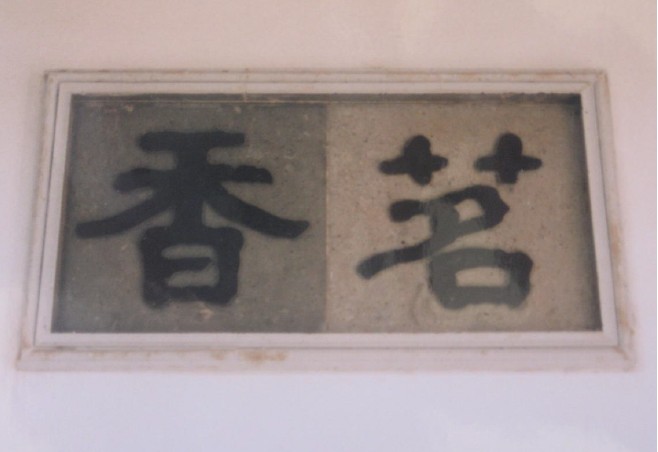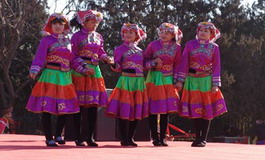
A personal story about Chinese culture

Instruction panels like this “Moving Forward, Be Civilized and Polite” are an outward sign of this solidarity. Everybody is equal and urged to treat others well. While set apart those words are sensible, a juxtaposition like this trigger a tide of associations. Is this a precise translation? Is this really about being civilized? And when does politeness become important in the process of evolution? And is being Civilized and Polite a developed form of Moving Forward?
After all, this might be just a trivial sign in the metro exit, where moving forward and being polite is essential in the peak hours. You can encounter captivating slogans, directions and posters everywhere in China. Whilst being an integral part of locals, they spell an enigmatic message to a traveller. You can only imagine what riches are concealed in the huge surplus of posters and slogans which are not translated to English.
Genuine curiosity
Chinese people are very curious. In this picture we see a crowd gathering on the bridge and along the bank. See how close they stand to each other in two and three rows! On the right side we see three policewomen. On the left side, in the middle, we see the focus of attention – a man laid down on a stretcher, supposedly fallen from a high crane which is left – out of the picture.

Once I was on a train trip from Moscow to Beijing. I shared a compartment with a Chinese man. He spoke little Russian and knew some words in Chinese. I had bought a package of black tea with me – as I knew there would not be an opportunity to get black tea daily in China. My fellow-traveller displayed authentic interest in black tea, and I exchanged it with him, in return for a jade sculpture and a lot of advices.
Hieroglyphs and the secret of Chinese language
In learning languages one you progresses by starting to recognize some isolated words in the conversation, by understanding the story line of a TV show or news while not being to repeat or pronounce the entire piece, yet. Chinese language is a different case. If ever to undertake the process of mastering this totally different language for a Westerner, you start from learning to utter selected phrases – such as, Ni hao? Wo jiao, etc. In the meantime, the fascinating and arduous process of drawing Chinese hieroglyphs. Unlike in languages with phonetic alphabet where learning to read, write and speak happens simultaneously, in learning Chinese you have to learn it twice – once the pronunciation of the word, and second time the pictorial, written sign.

After some time of learning Chinese I felt it was the time to engage in shorter conversations with locals when buying fruits or asking direction on the street. And that is what I did. I knew very well what I was saying in Chinese. However, the Chinese people I was speaking to did not show any sign of understanding. This put an end to my efforts in learning Chinese. Months later, when back at home, to my consolation I understood that not only my suspicious pronunciation of Chinese tones, but also the wide variety of Chinese language dialects might have facilitated my failure to communicate in Chinese.
 |
 |


